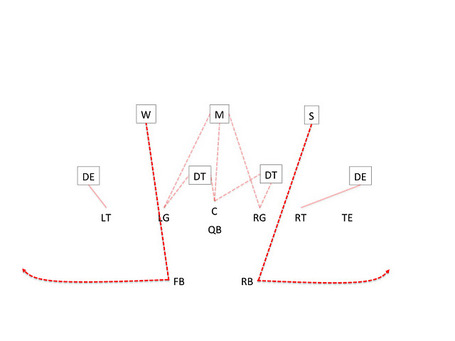

The disk object or file is wiped using the Bruce Schneier(7) algorithm. This algorithm is very secure, but very slow. Provides high-grade data wiping filling the unused space or file with a special digital pattern through 7 passes. The disk object or file is wiped using Department of Defense standard 5200.28-STD(7). Provides high-grade data wiping filling the unused space or file with a special digital pattern through 3 passes This algorithm is very secure, but slow. The disk object or file is wiped using Department of Defense standard 5220.22-M(3). A slower but little bit more secure algorithm than theĪlgorithm and it also conceals to some degree the fact that the disk or file has been wiped. The disk object or file is filled with pseudo-random numbers through 1 pass. Also it does not conceal the fact that the disk or file has been wiped. The fastest but the least secure algorithm. The disk object or file is filled with zeroes through 1 pass. R-Studio Agent Emergency Hardware Compatibility List Starting a Computer with the R-Studio Agent Emergency Startup Disk Installing R-Studio Agent Emergency Startup Media Creator R-Studio Emergency Hardware Compatibility List Using R-Studio Emergency as an Emergency Agent Starting a Computer with the R-Studio Emergency Startup Disks Installing R-Studio Emergency Startup Media CreatorĬreating Startup Disks Using R-Studio Emergency Startup Media CreatorĬreating Startup Disks on Mac and Linux Computers Technical Information and TroubleshootingĬontact Informaiton and Technical Support Mounting Virtual Objects in the System as Virtual Drives Syntax of a Description File for RAID Configurationsĭescription Files for RAID ConfigurationsĪpple CoreStorage/FileVault/Fusion Drive Volumes Opening several disks/partitions in one tab “ĭisk density is also a factor.Contact Information and Technical Support This was true in 1996, and is still true now. As the paper says, “ A good scrubbing with random data will do about as well as can be expected“. For any modern PRML/EPRML drive, a few passes of random scrubbing is the best you can do. If you’re using a drive which uses encoding technology X, you only need to perform the passes specific to X, and you never need to perform all 35 passes.

“In the time since this paper was published, some people have treated the 35-pass overwrite technique described in it more as a kind of voodoo incantation to banish evil spirits than the result of a technical analysis of drive encoding techniques… In fact performing the full 35-pass overwrite is pointless for any drive since it targets a blend of scenarios involving all types of (normally-used) encoding technology, which covers everything back to 30+-year-old MFM methods (if you don’t understand that statement, re-read the paper).


 0 kommentar(er)
0 kommentar(er)
